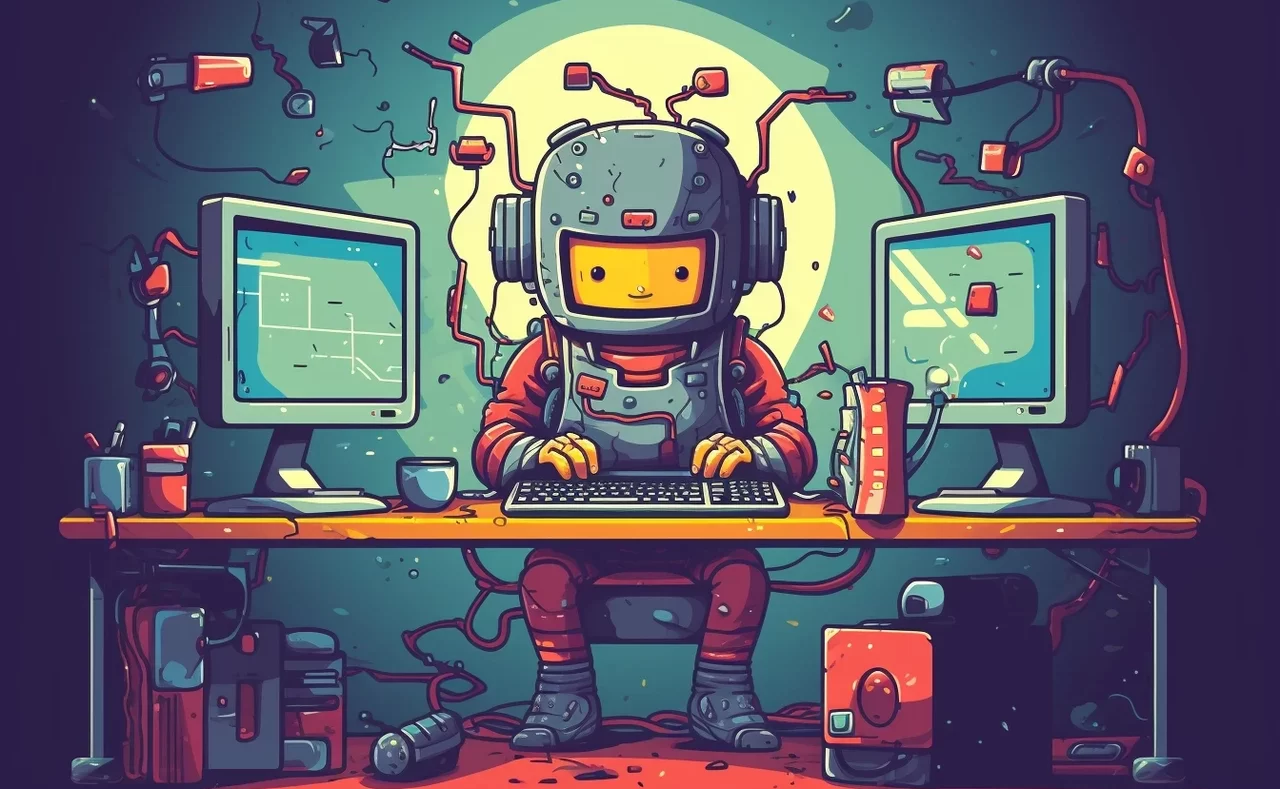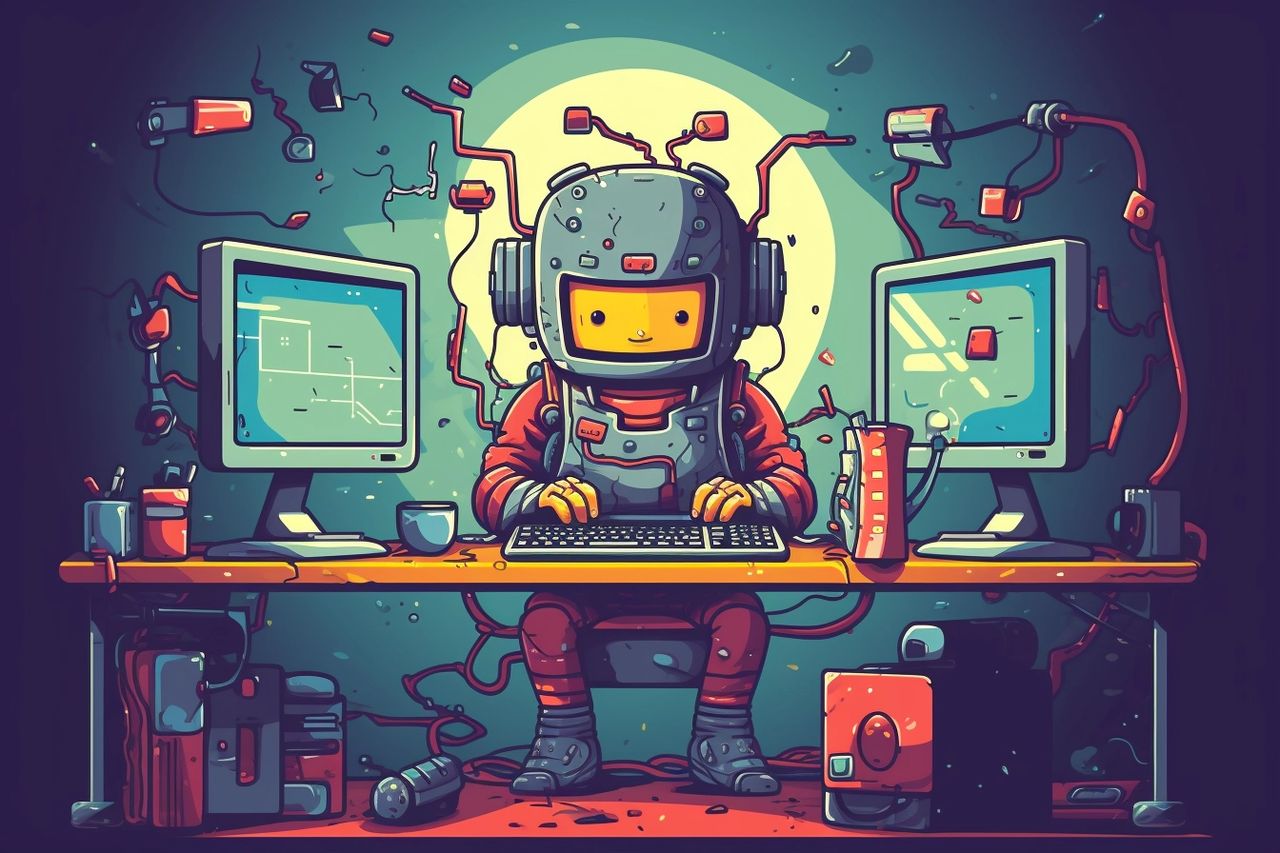
Interested in becoming an AI engineer? This guide will provide you with more information on how you can start harnessing the power of artificial intelligence and becoming an AI engineer. Including four AI-based projects which you can build as a beginner to start your journey as an AI engineer. Understanding the technology stack is crucial for an AI engineer as it provides the foundational tools to build, deploy, and maintain AI solutions.
The stack generally includes programming languages, data manipulation libraries, machine learning frameworks, and cloud services. Mastering these technologies enables engineers to build robust, scalable, and efficient systems. Moreover, being proficient in the tech stack allows for seamless collaboration with data scientists, DevOps engineers, and other stakeholders in a project.
What is an AI engineer?
An AI engineer is a specialized role within the software engineering discipline, focused on developing and maintaining AI and machine learning systems. They typically work alongside data scientists to bring AI models from the research stage to production, ensuring that the models are scalable, maintainable, and aligned with business objectives. Their responsibilities range from data gathering and preprocessing to model deployment and monitoring.
Learning from doing
A practical approach to AI engineering often involves a problem-first methodology, where the focus is on understanding the business or scientific problem at hand before diving into data and algorithms. This requires a strong collaboration with domain experts and stakeholders. The engineering process typically follows stages of data collection, data preprocessing, model building, validation, and deployment, all while adhering to best practices for software development and data governance.
The skills of an AI engineer
Key skills include proficiency in programming languages like Python or Java, familiarity with machine learning frameworks such as TensorFlow or PyTorch, and understanding of cloud computing platforms like AWS or Azure. Other important skills include data engineering, feature engineering, and understanding DevOps practices such as continuous integration and deployment (CI/CD).
4 AI engineer beginner friendly projects
The OpenAI API allows engineers to access pre-trained models like GPT-3 for various natural language processing tasks. Python is often the language of choice for interacting with this API, due to its extensive libraries and ease of use. Integrating the OpenAI API into projects can drastically reduce the development time required for building language models from scratch.
Other articles we have written that you may find of interest on the subject of coding :
1. Building a simple AI chatbot
Creating a simple chatbot can be achieved through various methods, but one common approach is to use pre-trained language models accessed via APIs like OpenAI’s GPT-3. Basic chatbots can be built with just a few lines of Python code to send prompts to the API and receive generated text as responses, which can then be parsed and presented to the user.
2. Chaining AI prompts together for more complicated processes
Chaining prompts refers to the practice of sending a series of questions or commands to a language model API to perform multi-step tasks. For instance, you can first ask the model to draft an email and then follow up with a command to summarize the drafted content. This allows for a more interactive and dynamic use of language models in automating tasks.
3. Transcribing audio using the OpenAI Whisper API
OpenAI’s Whisper is an automatic speech recognition (ASR) API that can convert spoken language into written text. It can be particularly useful in applications like transcription services, voice assistants, and more. With the API, AI engineers can add a layer of voice interaction to their applications.
4. Using OpenAI DallE API to create AI images
DALL-E is another API by OpenAI that generates creative and coherent images from text descriptions. This technology opens up a range of possibilities in fields like design, advertising, and content creation. By integrating the DALL-E API, an AI engineer can enable an application to generate custom images based on user input or other data.
The road to becoming in AI engineer
AI engineering is a specialized field within software development that focuses on creating and maintaining AI and machine learning systems. Mastering the technology stack is essential for success, as it includes the tools needed to build, deploy, and monitor AI solutions. A practical approach in this role often starts with understanding the problem at hand, followed by data collection, model building, and deployment.
AI engineers need a diverse skill set that includes programming, data engineering, and a familiarity with machine learning frameworks and cloud services. Several APIs from OpenAI, such as GPT-3, Whisper, and DALL-E, offer powerful capabilities for tasks ranging from natural language processing to speech recognition and image generation. These APIs can be integrated into projects to expedite development and introduce advanced functionalities like chatbots, automated task sequences, and more.
The role of an AI engineer is pivotal in bridging the gap between data science research and real-world applications. By understanding both the technical and practical aspects, AI engineers can contribute to building robust, scalable, and impactful AI systems.
Filed Under: Guides, Top News
Latest timeswonderful Deals
Disclosure: Some of our articles include affiliate links. If you buy something through one of these links, timeswonderful may earn an affiliate commission. Learn about our Disclosure Policy.

